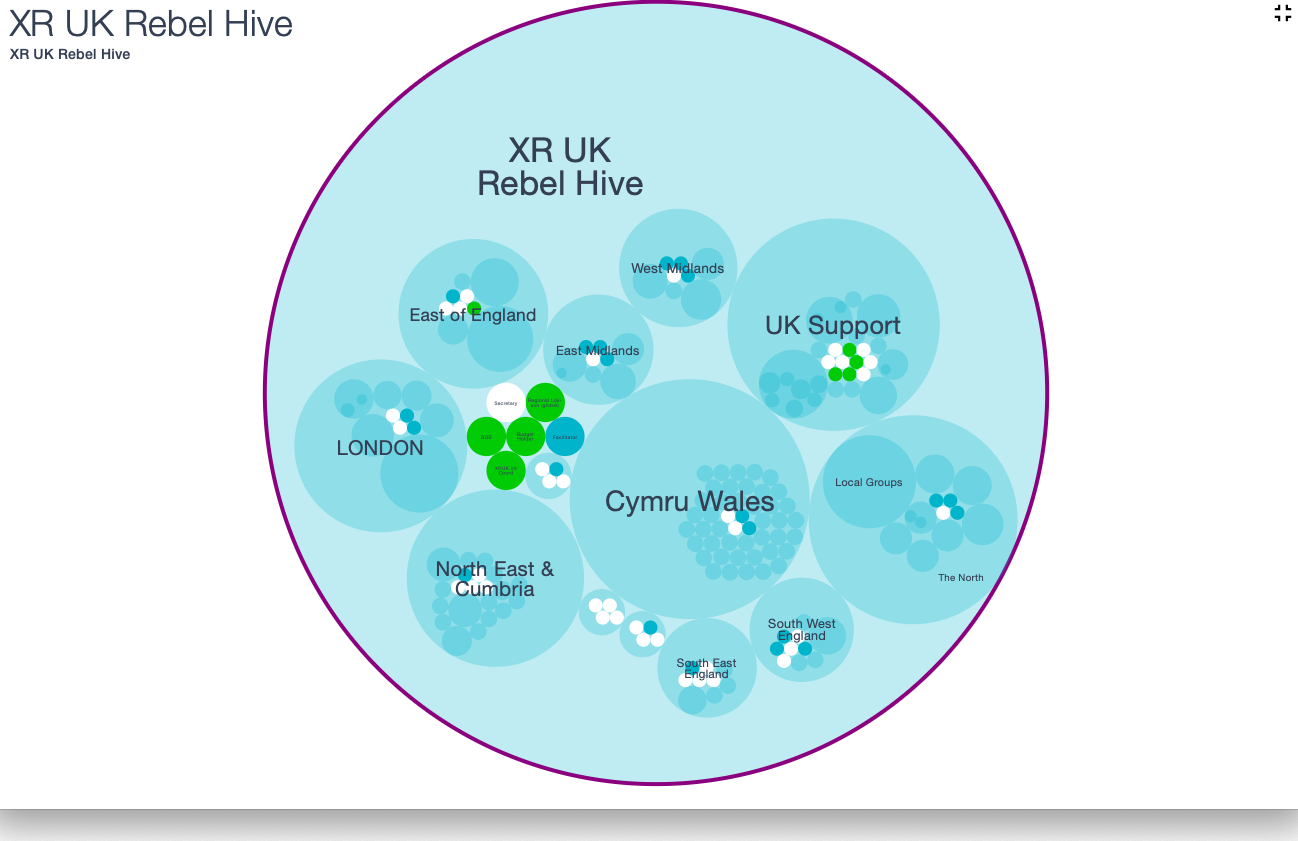Healthy Teams
*** Page under construction ***
Upon taking on a role within XR you will find yourself joining a team. This can be daunting for some but being a part of a well functioning team can be incredibly empowering!
What Makes a Good Team?
You already know your answer to this. Take a moment to consider the following:
- When have you felt comfortable/uncomfortable working with others:
- What stood out to you?
- What was it that made you feel this way?
- Think about a behaviour that you find difficult to deal with in others:
- Have you had any past experiences connected to people showing such behaviour?
- What do you think you can do to better understand such behaviour?
- Think about a behaviour that you exhibit that others may find difficult to deal with.
- Why might they find it difficult to deal with such behaviour?
- What can you do to check such behaviour?
- Imagine that you are working with others to create a dream team:
- What values do you think should help guide the team?
- What do you want this team to know about you? How will you share this? Keep your idea of a good team in your mind as you look over the following resources - how do they fit into your experience and understanding?
Our Ways of Working
In order for our work to come together in a cohesive way we use a Self-Organising System. This is essentially a collection of rules around how we organise and work together. We have these shared structures and processes to help us each hold something small and manageable but collectively we can achieve our bold goals!
Your place in the Big Picture
You can explore the XRUK structure using the interactive tool Glassfrog. By clicking on each circle you can zoom in to that space and see the circles nested within. In this diagram you can see that The Hive is the widest circle within XRUK and so encompasses the widest purpose.
(Note: it is a misunderstanding to say that they hold the most power, their scope is too wide to be able to wield much power over anything in particular.)
You should be able to find the circle you are working within in this diagram, whether that be a team focusing on arrestee support in the East of England or a team advocating for Citizens' Assemblies across the UK.
Not every role is entered into Glassfrog as this takes a fair bit of time, but most aspects of the work being done are represented or at least the circle they sit in is.
Interacting between teams
As you can see, our structure is a series of circles within circles. Each circle has a role within it of External Coordinator who attends the meeting of the wider circle. So your External Coordinator (EC) will be feeding the progress your team is making into the wider circle, and the EC of that circle will do the same, and so information is passed through the system.
External Coordinators also feed from the wider circle back into your team so you can understand how your work fits into the teams close by.
Note: This should not be the sole interation between teams. It is recommended if you are working on something that overlaps or sits close to a team many circles from you, that you reach out to them directly. Your External Coordinater should be able to find their contact details.
Mandates
While exploring Glassfrog you will be able to see the purpose and accountabilities of each team and role in the system. These are part of what makes up the Mandate of that role or team.
Simply put, a mandate outlines your purpose within the system, what is expected of you and what you are responsible for. It is typically split into the following:
- Purpose Statement - Why does this Role/Circle exist, what is it for?
- Accountabilities - What will this Role/Circle do, what can I expect of them?
- Domain - What does this Role/Circle control, what do I need to ask them before I do?
Mandates are never set in stone, they are as dynamic as we need them to be. As you pick up a role in XR you will likely be given a mandate with it. You can (and probably should) make this your own, either by handing back accountabilities that you dont feel you can meet, or adding things that you think you can do to help.
To change a mandate, the desired change simply needs to be brought as a proposal to the meeting in which that role or circle sits. For example, if my role were to schedule trainings in the South West and I wanted to also do the scheduling for the Heading for Extinction talk, then I would propose that change in the SW Talks & Trainings meeting.

